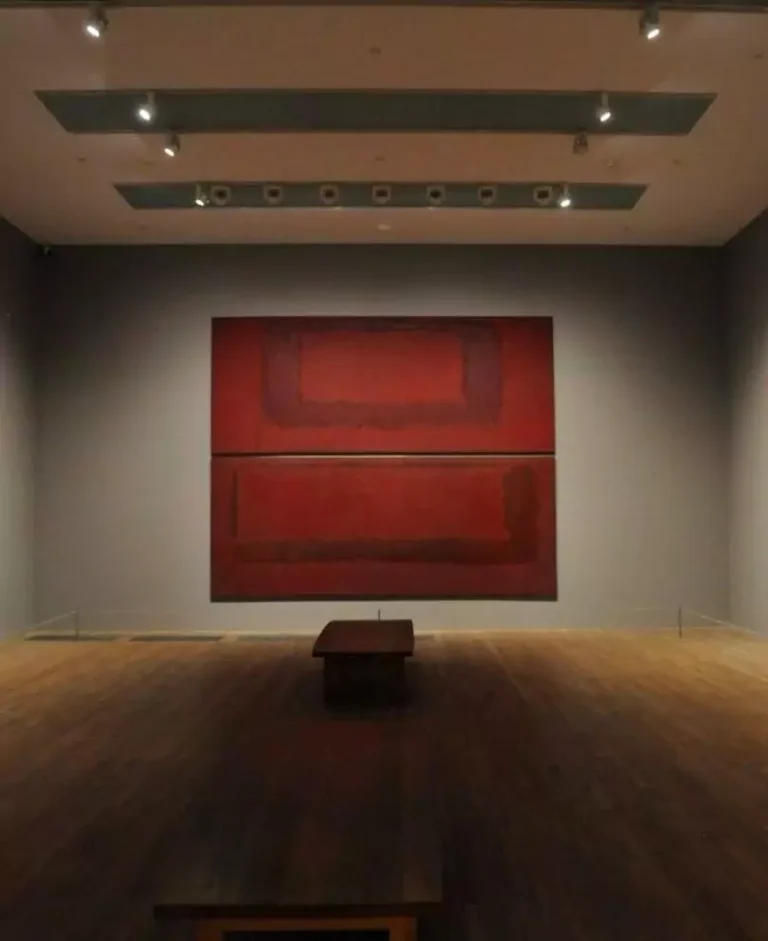Looking for a muse? Check no further. Discover the Best of Art, Culture, History & Beyond!

Joseph Mallord William Turner (1775-1851)
title: The Rio San Luca alongside the Palazzo Grimani, with the Church of San Luca
date : 1840, ; dimensions : 191 x 281 mm
Medium: Gouache, graphite and watercolour on paper
Collection : Tate, London
Even among Venice’s many distinguished artistic visitors, Turner remains one of the few to find a true echo of his own sensibility in the unique qualities of this sublime floating city.
His career was remarkable for its successes and its innovations yet his images of Venice were quickly recognised by their first viewers as some of his most magical, luminous works. Turner’s vision remains as vital today, expressing as it does the often inchoate and funereal qualities of the Venetian experience.
J.M.W Turner who visited Venice three times during his lifetime – in 1819, in 1833 and in 1840 – spending a combined total of just under one month there.
In the words of the great critic and artist John Ruskin, Venice was ‘the Paradise of cities’.
It was both unforgettably beautiful and redolent of historical and artistic associations. For some, the remains of its glorious past served only to heighten the sense of decay and melancholy about its present state.
Seeming to hover and dissolve between water and air, the city’s appearance lent itself readily to the technical experimentation of Turner’s later career––when he developed the free, sometimes near-abstract style for which he is admired today, and whose lack of ‘finish’ attracted much controversy in his own time.

This article is published on ArtAddict Galleria, where we explore the intersections of art, history, and culture. Stay tuned for more insights and discoveries!



